On Friday 29th November, Polyphonic Voices presented a tightly themed program of American choral and gospel music. The venue was the unique and incredibly resonant space ‘the dome’- a domed room which seats about sixty people- inside the Mission to Seafarers in Docklands.
I appreciated the cohesiveness of the programming- the concert was called ‘American Thanksgiving’, there were little touches of red, white and blue decorations around the perimeter of the dome, miniature pumpkin pies and Reece’s peanut butter cups were served at interval. Throughout the night, the ensemble was led by the steady hand of artistic director Michael Fulcher, who established Polyphonic Voices in 2013.
Of course, it wouldn’t be a concert of American vocal music without the inclusion of some Eric Whitacre compositions. Of the three performed, I thank you God for this most amazing day was a highlight as the shimmering harmonies unfolded over the course of the work.
While I enjoyed the Whitacre, I was particularly drawn to the bold and a crunchy soundscapes found in the remainder of the concert’s first half. Daniel Knaggs’ setting of Surge, amica mea had a dark and atmospheric quality, the uneasiness contrasting satisfyingly with the words of the joyful love poem. (This performance was its Australian premiere). Nico Muhly’s setting of Pater Noster (The Lord’s Prayer) featured a solo soprano line, which was woven in and out of the ensemble’s overlapping short phrases. This free-flowing line was fabulously sung by Megan Nelson, who created a pure and beautiful sound, one which was somehow still dramatically reminiscent of haunting wailing, appropriate as the backdrop of the gothic Lord’s Prayer.
So far I have commented on the character of the pieces in isolation. So let me take a moment to say the power and blend of the Polyphonic Voices ensemble is fantastic. These are clearly some seriously experienced singers, the kind who can instinctively communicate with one another with an almost terrifying exactness. I particularly enjoyed the mass of sound produced by the ensemble, one where the singers still embraced the individual colour of their voices.
I am a big fan of Samuel Barber’s vocal music as a singer myself. I loved the distinctive character of the two Barber pieces programmed. Twelfth Night featured gorgeously crunchy harmonies and created a coldly beautiful atmosphere. To Be Sung On The Water was a dramatically phrased work which harnessed the power of the text.
The second half of the concert delved into another side of the American musical tradition, that of gospel music. It was great to see the ensemble shift their energy, moving from the more austere religious pieces of the first half, to the energetic optimism of gospel music. The first piece presented was Shenandoah. I felt that the voicing of this particular arrangement dampened the power of the striking tune. This version saw the bulk of the ensemble thickening the texture behind the melody, but it felt like opportunities to showcase the beauty of the line were lost.
The rest of the gospel section, if it isn’t too tacky to say, certainly took me to church. Down to the River to Pray featured a series of solos sung in a freer more soulful style. These were followed by joyful full-voiced choruses sung by the entire ensemble. A particular highlight was bass-baritone Lachlan McDonald’s assured turns on the solo line, bringing an unforced golden tonal quality to the piece.
Next up was a fabulously fun and frankly, quite bonkers arrangement of Wade In The Water by Jim Clements, originally sung by Voces 8. This was a heightened hyper doo-wop take on the gospel tune and the ensemble did a fantastic job of making multiple key changes and tightly interwoven rhythms sound effortless.
Polyphonic Voices put together an impressive program which showcased the power of chamber vocal music. I’m eager to see what their 2020 season holds.

